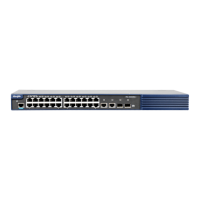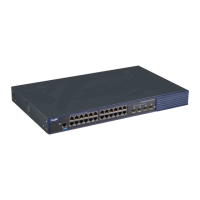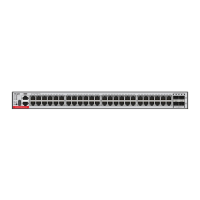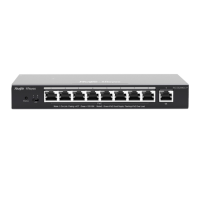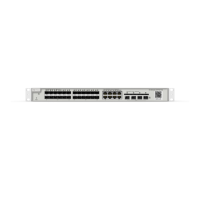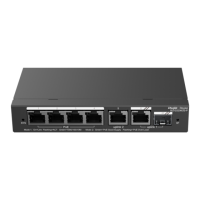Configuration Guide Storm Control Commands
Use this command to enable the storm suppression for multicast packets.
Use the no or default form of this command to restore the default setting.
storm-control multicast [ { level percent | pps packets | rate-bps } ]
no storm-control multicast
default storm-control multicast
Use this command to enable the storm suppression for broadcast packets.
Use the no or default form of this command to restore the default setting.
storm-control broadcast [ { level percent | pps packets | rate-bps } ]
no storm-control broadcast
default storm-control broadcast
Sets the bandwidth percentage, for example, 20 means 20%.
Sets the pps, which means packets per second.
This function is disabled by default.
Interface configuration mode
Too many broadcast, multicast or unicast packets received on a port may cause storm and thus slow
network and increase timeout. Protocol stack implementation errors or wrong network configuration
may also lead to such storms.
A device can implement the storm suppression to a broadcast, a multicast, or a unicast storm
respectively. When excessive broadcast, multicast or unknown unicast packets are received, the
switch temporarily prohibits forwarding of relevant types of packets till data streams are recovered to
the normal state (then packets will be forwarded normally).
The following example enables the multicast storm suppression on FastEthernet 0/1 and sets the
allowed rate to 4M.
Ruijie(config)# int fastEthernet 0/1
Ruijie(config-if-FastEthernet 0/1)# storm-control multicast 4096
Displays storm suppression information.
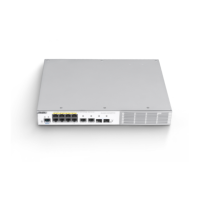
